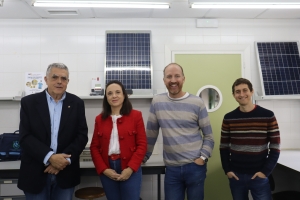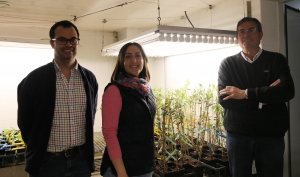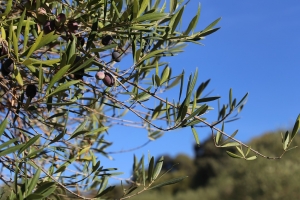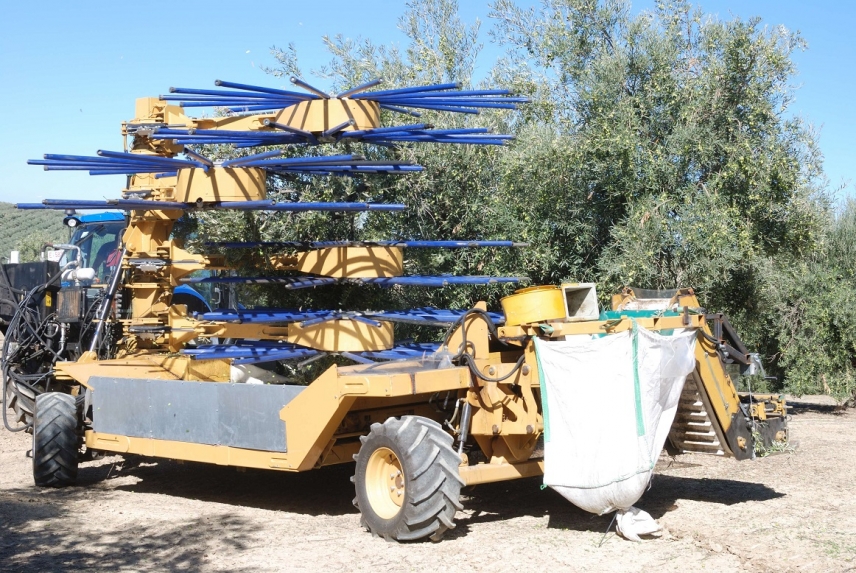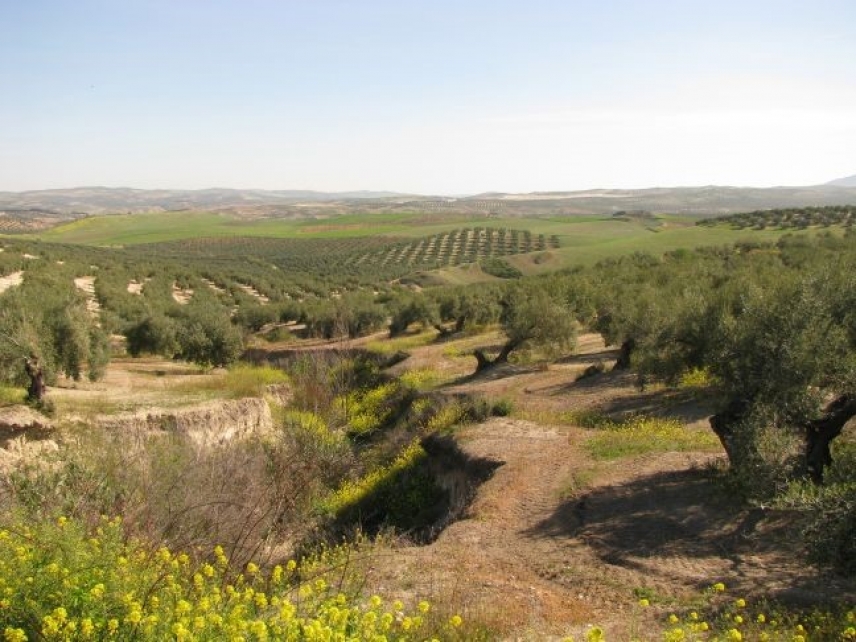More energy and more oil: photovoltaic plants and hedgerow olive groves are more productive on the same land
A model developed by the University of Cordoba simulates the interaction between solar collectors and crops at an “agrivoltaic” plant, proving that the two activities are more efficient when conducted jointly, as they create synergies
Resistance Induction, a Potential Strategy to Control Olive Verticilosis
A team at the UCO evaluates the effectiveness of two beneficial microorganisms and a fertilizer as a strategy to bolster the olive tree's natural defenses against Verticillium Wilt of olive (VWO), a disease that poses a serious threat to olive groves
In-Depth Study of the Biodiversity of the Fungus Causing Olive Tree Anthracnose
The Department of Agronomy at the University of Córdoba leads an international study in which the different species of the pathogen are being understood thanks to samples collected over the course of 25 years.
A new harvester decreases the cost of olive picking in traditional olive groves
The University of Cordoba Mechanization and Rural Technology research group designed a harvester that improves the profitability of traditional olive farming
Productive traditional olive groves, which make up 70% of Andalusian olive farming, are in a complicated situation in terms of financial sustainability. The lack of mechanization so vital to picking olives has made new already-mechanized plantations such as intensive and superintensive olive groves surpass traditional olive groves, which still spend 40% of their harvesting budgets on picking.
Theeffect of rainfall and vegetation in controlling the erosion of Mediterranean cropland
Researchers at the University of Córdoba’s Department of Agronomy are examining the use of rainfall and plant cover as variables for predicting gully formation.
Gully formation is one the most common features of soil erosion in Mediterranean environments. Gullies – incisions or ditches produced by the action of water running over the soil surface – are mostly found in dry lands, which are naturally more sensitive to the negative impact of erosion. Gully formation is becoming a major concern for farmers in the Mediterranean area.


